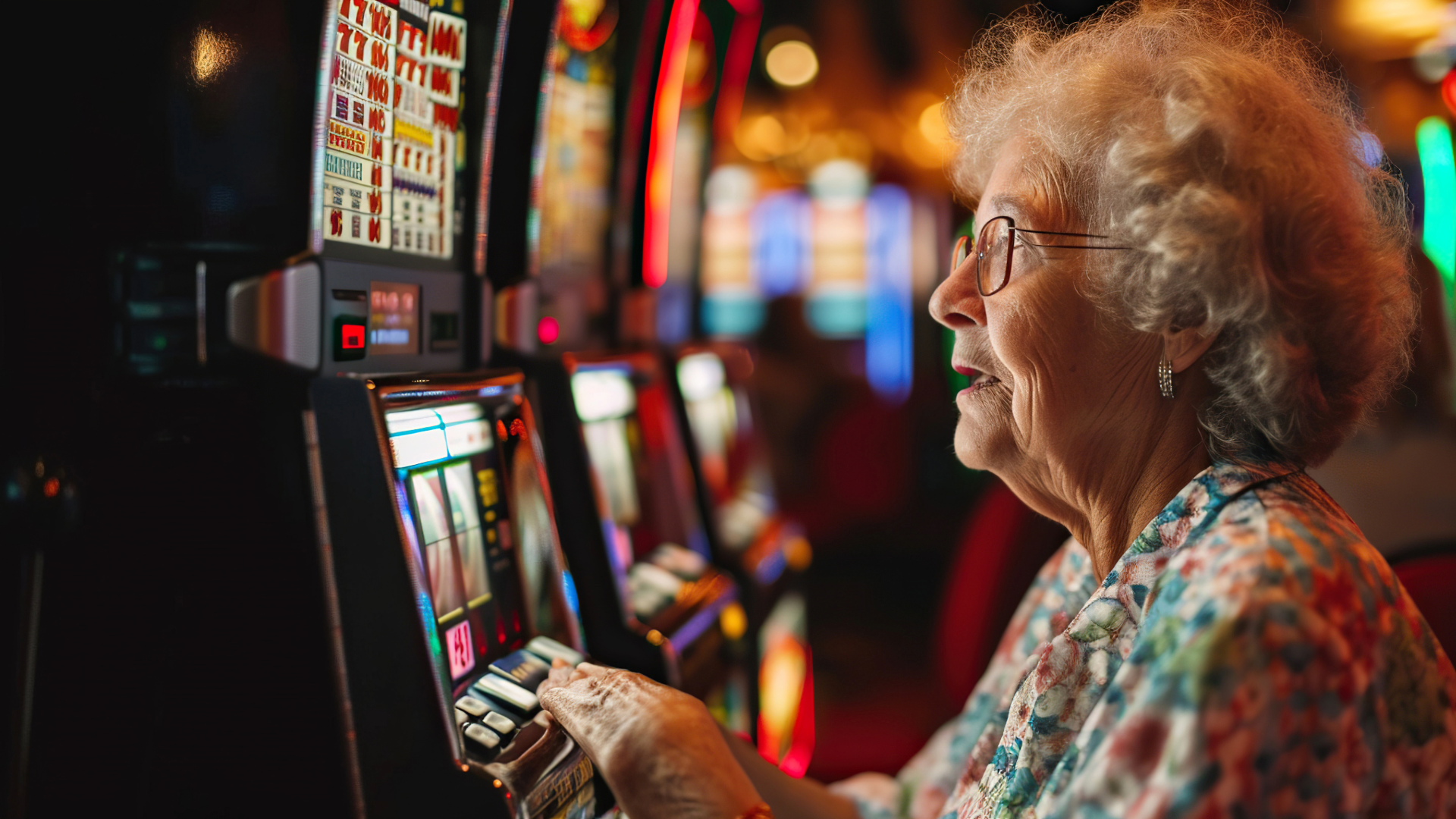Gambling vs Investing: Building a Portfolio That Lasts

Stienemarié Bonsma-Potgieter, CFP® – Financial Planner
When it comes to money, few words spark as much debate as “risk.” Some people treat the share market like a casino. Others avoid investing altogether for fear of losing what they’ve worked hard to save. The truth sits somewhere in the middle. Understanding the difference between gambling and investing is the first step to building a portfolio that grows steadily and supports your long-term goals.
So, what are the key differences? Gambling relies on chance. The odds are usually stacked against the player, and once the money is gone, it’s gone. The outcome depends on luck rather than strategy and is an all or nothing kind of strategy.
Investing relies on discipline. Returns are built on solid fundamentals, patience, and time in the market. Even though risk is involved, it is measured and managed.
Think of gambling as rolling dice, while investing is planting a tree. One gives you a short-lived thrill, the other takes time but provides shade for decades.
The Do’s of Building an Investment Portfolio
- Do diversify. Spread investments across shares, bonds, property, and cash to lower risk. Your portfolio should also be divided between different sectors and jurisdictions.
- Do think long term. Retirement planning is not about quick wins. It’s about compounding growth over decades.
- Do review regularly. Life changes, and so should your portfolio. Rebalance as your goals or personal circumstances shift.
- Do seek advice. A financial advisor can help you avoid emotional decisions and keep you on track.
The Don’ts of an Investment Portfolio
- Don’t chase the latest trends. Hot tips or trendy shares can leave you exposed when the hype fades.
- Don’t time the market. Jumping in and out usually hurts more than it helps.
- Don’t ignore fees. High costs can erode returns quietly over time.
- Don’t put all your money in one basket. Concentration magnifies losses when things go wrong.
So where Does Speculation Fit In? There is room for speculation, but only if it is handled wisely. Some people enjoy the excitement of taking bigger risks, whether it’s cryptocurrency or buying a share that had a big fall in price that they expect to recover. That’s fine – as long as it doesn’t jeopardise the core of your financial plan.
The golden rule is to speculate only with what you can afford to lose. Keep it small, no more than 5–10% of your investable assets. Treat it like entertainment or a hobby. If it pays off, great. If not, your retirement plan remains intact and secure.
A sound portfolio is built on discipline, diversification, and patience. Gambling can offer excitement, but it should never replace a solid financial plan. By separating your speculative urges from your long-term investments, you protect your financial future while still leaving space for calculated risks.
For more articles by Stienemarié click here.

